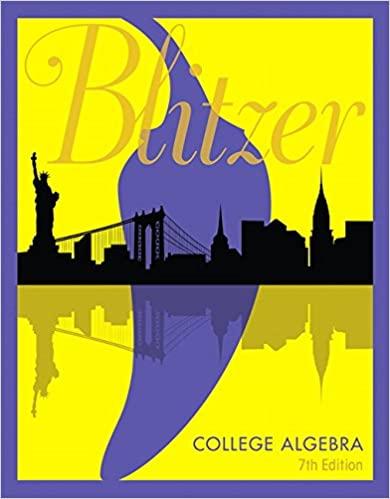Question
a recent study shows that just one session of cognitive behavioral therapy can help people with insomnia. In the study, forty people who had been
a recent study shows that just one session of cognitive behavioral therapy can help people with insomnia. In the study, forty people who had been diagnosed with insomnia were randomly divided into two groups of 20 each. people i one group received a one-hour cognitive behavioral therapy session while those in the group received no treatment. three months later, 13 of those in the therapy group reported sleep improvements while only 5 people in the other group reported improvements.
Therapy: 13 improved, 7 no improvement, total: 20
No Therapy: 5 improved, 15 no improvement, total: 20
Total: 18 improvement, 22 no improvement, total: 40
a. Let p hat t = the proportion of the people receiving therapy that reported sleep improvements and p hat n = the proportion of people who did not receive therapy that reported improvements. Calculate p hat t - p hat n. Show the work.
b. In testing to see if there is evidence that people receiving cognitive behavioral therapy experience greater sleep improvements than those who do not receive therapy, what are the null and alternative hypothesis?
c. A randomization distribution for this test is pictured below. use the fact that there are 200 dots in the distribution to estimate the p-value.
p-value =
Justfy your answer.
d. Use the p-value from the above to make a decision and conclusion about these hypothesis. Be sure to word your conclusion in the context of the problem.
Step by Step Solution
There are 3 Steps involved in it
Step: 1

Get Instant Access to Expert-Tailored Solutions
See step-by-step solutions with expert insights and AI powered tools for academic success
Step: 2

Step: 3

Ace Your Homework with AI
Get the answers you need in no time with our AI-driven, step-by-step assistance
Get Started


